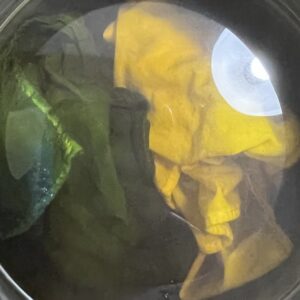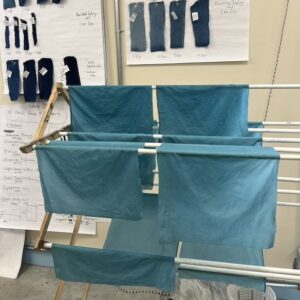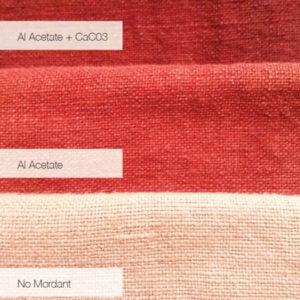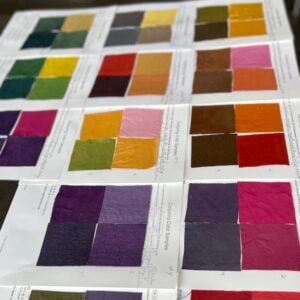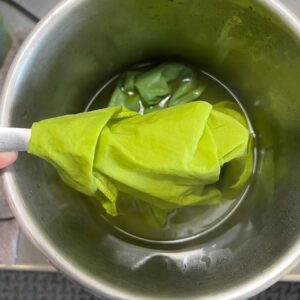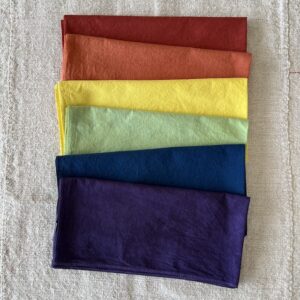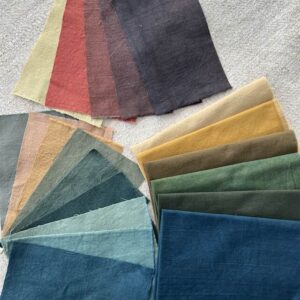Mordant Monday: Overdyeing: Indigo First, or Indigo Second?
We get mordant questions all the time at Botanical Colors so why not create Mordant Monday??? Got mordanting questions? Email [email protected] YOU ASKED: Do you always dye indigo first before overdyeing with another color? Does it make any difference? KATHY ANSWERED: When I was starting out, I was advised to dye with indigo first, rinse, mordant my fabric, and then dye with a mordant color second in order to create any type of compound color when indigo is involved. We largely agree with this as most of our production colors start with an indigo shade that we dip. We seem … Read more

